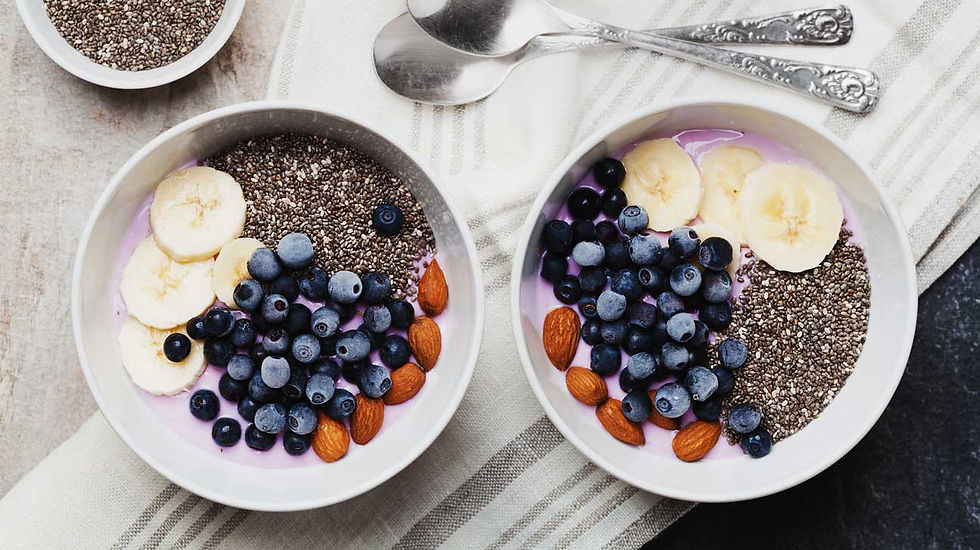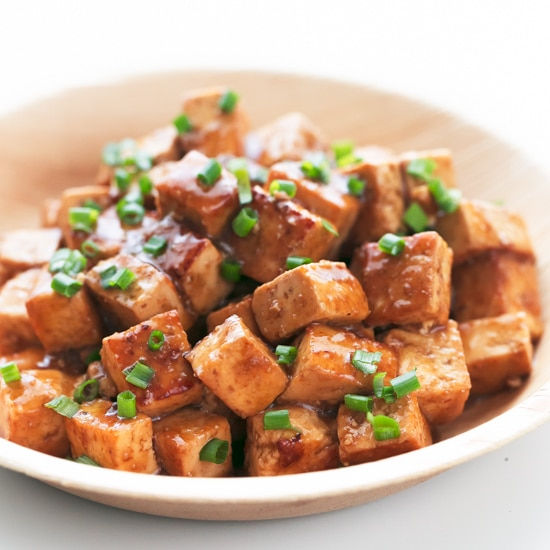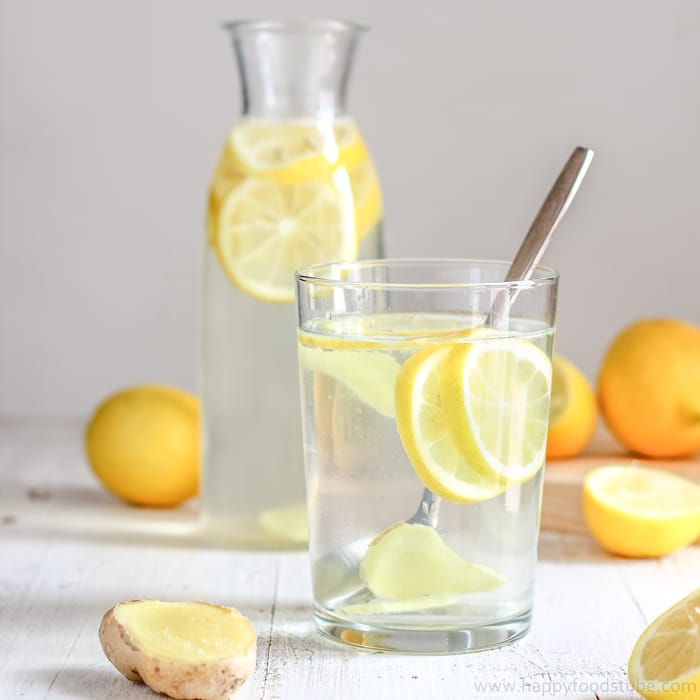You're better off without dairy. // Other ways of getting all the calcium you need.
- earthlingkokona

- Jul 15, 2020
- 7 min read
Updated: Aug 7, 2020
I grew up drinking cow milk thinking that I will grow taller and stronger. Needless to say, I thought dairy was necessary for human health. Plus, I am lactose intolerant so I get the lactose free milk even though I generally did not enjoy drinking milk. I didn't think much of it until switching my diet. It all started as just a diet until I saw the truth. Seriously, it was just terrible, especially since cows are especially sensitive to tone and touch. Also, they are just like us. The difference is that they don't speak our language and they don't walk in two legs.

Here is a video from Ed Winter's YouTube:
As Ed mentioned in the second clip...
"People think there's no suffering in the dairy industry, that the animals don't suffer. All dairy cows in the industry end up dead. But apart from that, babies taken from their mothers, left in the freezing cold, icy weather. The reason they (newborn female calves who were separated by their mothers right after birth) are suckling the bars (the small cages they are put forcefully put inside) because consumers buy the milk that is meant for them. The milk that cows produce is meant for THEIR children, NOT HUMANS."
Only female calves are allowed to live for a bit while males calves are useless to the dairy industry so they are killed immediately.
"These female calves would be forcefully impregnated, they will have their babies taken away from them, they'll be hooked up to machines that cause infections like mastitis, painful bacterial infections and when they no longer can breed and or produce milk that we consumers want, they'll be sent to slaughterhouses. Their fate will be the same as their mothers in which they were never given a chance to even have a proper greeting."
They will go through years of enslavement before they get killed brutally just for your taste buds and satisfy your stomach, all just for your cheese, milk, yogurt, ice cream, and other dairy products.
So going back to what I was talking about, it turns out that humans have no nutritional need for dairy at all. In fact, we’re better off without it! We do, however, need calcium in our diet since it is very important for your health. It makes up much of your bones and teeth and plays a role in your heart health, muscle function, and nerve signaling.
But we can get it from other, healthier sources, such as broccoli, kale, beans, tofu, nuts/seeds, fortified plant milk, and even oranges and figs!
Here is a link explaining more in detail about milk:
Q: So how can you use those non-dairy ingredients as FOOD?
SEEDS
Seeds such as chia seeds, hemp seeds, sesame seeds, flax seeds, quinoa, all of those superfoods are high in calcium! Seeds also deliver protein and healthy fats.

For instance, chia seeds are rich in plant-based omega 3 fatty acids which are very important as they have powerful benefits for the body and brain.
However, if you eat dry chia seeds, without giving them any liquid to absorb before ingesting them, they'll absorb the water within your system and potentially cause a blockage
Quinoa is a rare and special plant protein. While most plant products contain only some of the essential amino acids, quinoa is one of the only complete vegetarian proteins. One hundred grams of quinoa provides 14.1 grams of protein, making it a high-protein, gluten-free vegan treasure. They're also whole grain which means they have a relatively high amount of fiber. Fiber can help lower cholesterol levels, control blood glucose, and keep you feeling full long after eating. The soluble fiber content of quinoa makes it a powerhouse food for regulating hunger and bulking stool sizes for a healthier colon. Quinoa also strengthens your immune system!

How can you use them for you to consume?
Chia seeds -> You can use these for smoothies, acai bowls, yogurt, oatmeal
A one-ounce (28 grams) serving of chia seeds contains:
Fiber: 11 grams.
Protein: 4 grams.
Fat: 9 grams (5 of which are omega-3s).
Calcium: 18% of the RDI.
Manganese: 30% of the RDI.
Magnesium: 30% of the RDI.
Phosphorus: 27% of the RDI.
They also contain a decent amount of zinc, vitamin B3 (niacin), potassium, vitamin B1 (thiamine), and vitamin B2.
Link:

Sesame seed & hemp seed -> Sprinkle on top of rice, literally can use for almost anything, especially when you're making a dish with sesame oil :)
Link:

Quinoa (naturally Gluten-Free) -> soup, salad, you can just cook it, porridge, burger patties, quinoa taco "meat", add to buddha bowl, can be used as stuffings for capsicums, dessert such as homemade bars
Link:
Flaxseed -> You can use it as oil and drizzle it on salads since there is such thing as flaxseed oil. You can also mix these into your cookie, muffin, bread, or other batters.
BEANS AND LENTILS

Beans and lentils are high in fiber, protein, and micronutrients. They also boost a lot of iron, zinc, folate, magnesium, and potassium. They lower your risk of heart disease. One test-tube study found that lentils were able to inhibit the production of the inflammation-promoting molecule cyclooxygenase-2. In addition, the polyphenols in lentils were able to stop cancer cell growth, especially on cancerous skin cells. It’s also worth noting that the polyphenols in lentils don’t appear to lose their health-promoting properties after cooking.
However, winged beans top the chart — a single cup (172 grams) of cooked wing beans has 244 mg or 24% of the RDI for calcium!!
White beans are also a good source, with one cup (179 grams) of cooked white beans providing 13% of the RDI. Other varieties of beans and lentils have less, ranging from around 4–6% of the RDI per cup
Interestingly, beans are credited with being one of the reasons why plant-rich diets are so healthy. Research suggests that beans may help lower “bad” LDL cholesterol levels and reduce your risk of type 2 diabetes.
Basically...
Beans are highly nutritious. One cup (172 grams) of cooked wing beans delivers 24% of the RDI for calcium, while other varieties provide around 4–13% for the same serving size.
How can you use them?
You can use them as ingredients for soup, the "meat" for your vegan burger, salad, your choice! They're so useful and so yummy!
ALMONDS

Out of all nuts, almonds are among the highest in calcium (one ounce of almonds, or about 22 nuts, delivers 8% of the RDI) Almonds also provide 3 grams of fiber per ounce (28 grams), as well as healthy fats and protein. In addition, they’re an excellent source of magnesium, manganese, and vitamin E. Eating nuts may help lower blood pressure, body fat, and other risk factors for metabolic disease.
DO NOT OVERCONSUME ALMONDS. (although this goes for all foods). aLSO, IF YOU ARE ALLERGIC TO NUTS, DO NOT EAT.
WHY?
digestive problems
Vitamin E overdose (may develop diarrhea, weakness and a blurred vision)
weight gain
Almonds are high in fat content and calories. About 100 grams of almonds will provide you 50 grams of fat but a sizable portion of this is of monosaturated fats, which are healthy for the heart. But if your lifestyle is sedentary and you don’t move much to burn the calories that you gain through almonds, it can lead to fat deposition in your body.
Q: So what is the ideal consumption of almonds?
A: Not more than 1/3 cup, that is close to 40 grams
LEAFY GREENS

You'd think you get your calcium from dairy cows but you know what they eat? GRASS. Yup, that's right. Cows obtain their calcium from grass hay which has approximately 0.4% calcium. Other plants such as alfalfa (usually used for smoothies) have approximately 1.5%. This calcium is a mineral that is absorbed by the plant from the soil. Us humans drink milk for calcium but cows eat grass to get their calcium. Does that make any sense? No, it doesn't. Those cows are acting as the "middle man" here as well.
So then why don’t we eat plants for calcium? Well, partly because we’ve been brainwashed by the multibillion-dollar dairy industry, with those TV ads of cute kids drinking their glass of milk for strong bones and sparkling white teeth.
In other words, what you've been told is all a lie. You've been fooled by all of those marketing systems that you need to drink milk for your calcium requirements.
So, although we’ve been conditioned to believe calcium comes from milk and dairy products, the true source of calcium is the richness in the earth's soils, which we get through the plants we eat.
What leafy greens in particular is high in calcium?
Greens that have good amounts of this mineral include collard greens, spinach, and kale.

EDAMAME AND TOFU (SOYYYY~)

They are both rich in calcium. Here's the good stuff though. Edamame contains 12% protein which is a decent amount for a plant food. And since they are beans as well, they are among the best plant-based protein sources. In fact, they are the cornerstone of many vegan and vegetarian diets.
Edamame also provides all the essential amino acids and does not raise your blood sugar levels so it is excellent for people with diabetes as well as for people who are on a low carb diet. Edamame contains high amounts of several vitamins and minerals, as well as fiber.
How to eat EDAMAME?
You can literally eat it as a low-calorie snack option. Cooking it is simple. Unlike most other beans, edamame doesn't require a long time to cook. Boiling it for 3–5 minutes is usually sufficient, but it can also be steamed, microwaved, or pan-fried.

Tofu, oh boy oh boy! This is my favorite!
It contains anti-nutrients such as Trypsin inhibitors and Phytates! Eating tofu may protect against a variety of health conditions, such as heart disease, diabetes, and even certain cancers. However, soaking or cooking soybeans can inactivate or eliminate some of these antinutrients.
More benefits:
Bone health: Scientific data suggests that 80 mg of soy isoflavones per day may reduce bone loss, especially in early menopause
Brain function: Soy isoflavones may have a positive influence on memory and brain function, especially for women over 65
Menopause symptoms: Soy isoflavones may help reduce hot flashes. However, not all studies agree
Skin elasticity: Taking 40 mg of soy isoflavones per day significantly reduced wrinkles and improved skin elasticity after 8–12 weeks
Weight loss: In one study, taking soy isoflavones for 8–52 weeks resulted in an average weight loss of 10 pounds (4.5 kg) more than a control group







Comments